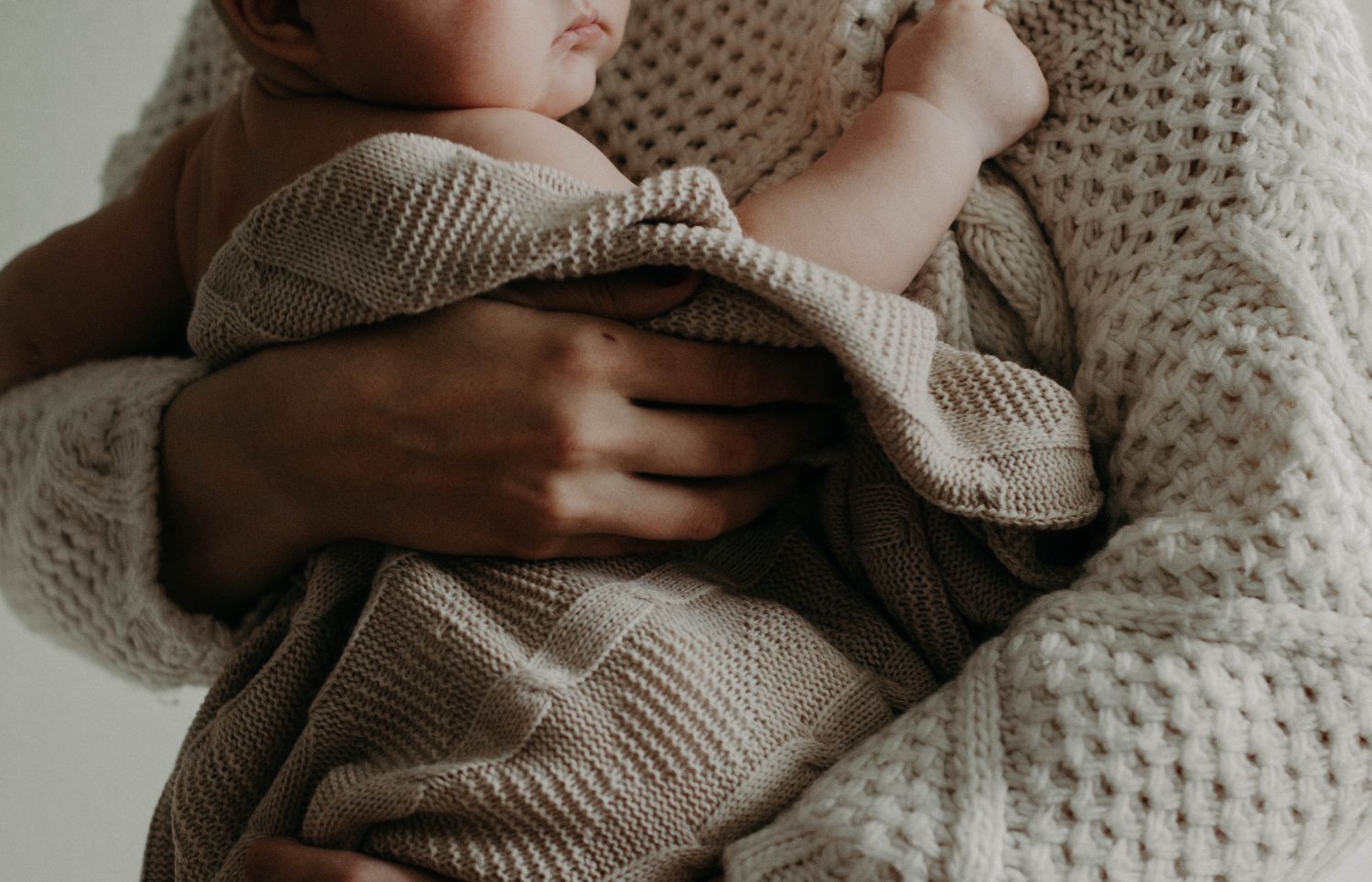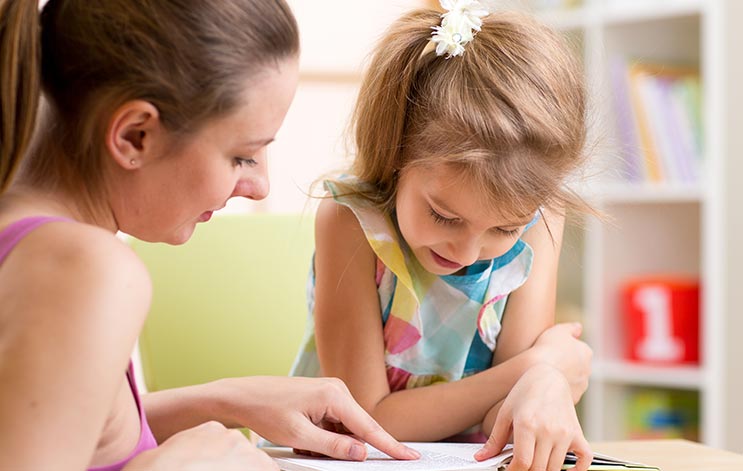Difficulty passing urine or urinary retention, as it is known, is a common problem in the first day or two following childbirth, but with careful management this should resolve without long term consequences. This page expands on bladder management after having a baby and some of the treatments available. For more general information about bladder care after a baby please see After a Baby.

Avoiding bladder weakness during pregnancy
There are certain actions that can be taken to avoid urinary retention – however providing proactive management starts during pregnancy. For a successful bladder management routine to be established it is important for midwives to identify:
- The small number of women who have pre-existing difficulties with bladder emptying and use intermittent catheterisation. An intermittent catheter is a small tube which is inserted into the bladder to drain the urine and then taken out.
- Women with a large capacity bladder who pass urine infrequently, four or less times a day, and pass large volumes of urine, in excess of 600mls.
- Women who have experienced problems with bladder emptying following a previous delivery.
Bladder Management during Labour
In labour women should be encouraged to pass urine at regular intervals, 2 hourly or before top-up of their epidural, if they have one in place. If the woman cannot pass urine after a second attempt, an intermittent catheter should be used to empty the bladder. If labour is long, a temporary indwelling urethral catheter connected to a urine drainage bag on continuous drainage can be used.
Bladder Management Following C-Section or Vaginal Delivery with Epidural
The number of caesarean sections has increased over the years and approximately 1 in 4 women will have a section.
Bladder sensation may take over 10 hours to return after caesarean section under spinal analgesia and over 6 hours following vaginal delivery with or without epidural.
Retention of urine following caesarean section does occur; even though women will have been catheterised for 12 – 24 hours after delivery. Women most at risk are those who have undergone emergency caesarean section for lack of progress in labour.
Bladder Management Following Vaginal Delivery
It is recommended that women who deliver without epidural pass urine within 6 hours of delivery. Encouragement after 4 hours allows time for simple measures to be tried, such as; pain relief, getting out of bed and walking about or a warm bath. The recommended action after 6 hours, for women, who either cannot pass urine or only pass small amounts of urine, is either an ultrasound bladder scan to estimate the amount of urine within the bladder or catheterisation.
Indwelling urethral catheterisation is the main method of choice in most maternity units. The catheter allows urine to drain in a bag, so preventing the bladder from filling and allowing it to rest, or intermittent drainage via a catheter valve, so as to allow the bladder to fill and empty in a normal cycle. The catheter will be removed after approximately 24 hours to check if normal bladder emptying is achieved. If not women may be sent home with a catheter in place and an appointment given to return to the hospital for removal.
During this period of time women are advised to drink approximately 2 litres in 24 hours. Excessive fluid intake and any intravenous fluids given during labour will increase the production of urine and the speed at which the bladder fills. During the 2nd to 5th day following delivery, the body gets rid of the additional fluids which it retained as part of normal pregnancy, so more urine will be produced.
Alternative Methods of Management
Another option to manage a bladder which does not empty is suprapubic catheterisation, a catheter which enters the bladder through the abdominal wall, which may be left in place for up to 6 weeks. Once removed the catheter hole will soon heal up – probably in 48 hrs. A benefit of suprapubic catheterisation with intermittent drainage is that the woman can try to pass urine in the normal manner.
Women can be taught to intermittently self-catheterise to empty the bladder, so as to prevent delayed discharge from hospital. Support and advice at home can be provided by community midwives or local Updated July 2014 continence nurse specialists. The advantage of this method is that the woman only needs to continue until her bladder resumes a normal pattern of emptying.
Early discharge from hospital may result in women returning to hospital with problems passing urine that were not apparent during the first 48 hours following delivery. It is often found that constipation is the underlying cause and resolving that problem improves bladder emptying. Normal bowel movements can vary from 3 times a day to 3 times a week with a well formed stool.
Further Information
You can find more information about bladder conditions after a baby on our site.
If you are concerned about your bladder health and it is starting to affect your day-to-day life make an appointment to see your doctor, continence nurse or specialist physiotherapist. A continence nurse and specialist physiotherapist are healthcare professionals who specialise in bladder and bowel problems.










